Dreyfus Foundation Teacher- Scholar Award (1986)
Alexander Von Humboldt Award (1990, 1993)
Elected Fellow of the Meteoritical Society (1996)
Ernest O. Lawrence Award, Dept. of Energy (1998)
Chancellors Associates Endowed Chair (1999)
American Chemical Society (San Diego) Distinguished Scientist of the year (2002)
Elected Fellow of American Academy of Arts and Sciences (2002)
Distinguished Alumni Award, Old Dominion University (2003)
Press Club Headliner of the Year 2002 (2003)
Distinguished Alumni Award, Old Dominion University (2003)
Selected, San Diego City Beat, 33 People to Watch in 2003 (2003)
Creative Catalyst Award, UCSD-TV(2003)
Elected, Phi Beta Kappa (2005)
Elected Member of National Academy of Sciences (2006)
Elected Fellow of American Geophysical Union (2006)
Minor Planet Named in Honor: Asteroid (7004)Markthiemens
International Astronomical Union (2006)
Elected Fellow of Geochemical Society (2007)
Elected Fellow of European Association for Geochemistry (2007)
Graduate Made Good, Distinguished Alumni, Omega Delta Kappa Honor Society, Florida State University (2007)
V.M. Goldschmidt Medal of the Geochemical Society(2009)
Selected one of 100 Distinguished Graduates in 100 years of Florida State University History (2010).
Visiting Professor, School of Engineering Science and Engineering, Sun Yat-Sen (Zhongshan) University. Guangzhou, P.R. China (2009-2012)
Yangtze River Scholar, P.R. China (2010-2013)
Cozzarelli Prize, U.S. National Academy of Sciences for outstanding paper in Physical Sciences in the Proceedings of the National Academy of Sciences (2011).
Elected Fellow of American Association for the Advancement of Science (2013)
Albert Einstein Professor, Chinese Academy of Sciences (2014)
Visiting Professor, University of Science and Technology of China (2015)
Leonard Medal of the Meteoritical Society (2017)
Miller Visiting Professor, University California Berkeley (2017)
Gauss Professorship, University of Göttingen, Germany (2017)
Harvard Visiting Professor, Harvard University (2018)
Presentation on the “Hefei Forum of Great Minds”, University of Science and Technology China (2018)
Gauss Professorhip, Gottingen Akademie zur Wissenshaften (2020)
RESEARCH IN THIEMENS GROUP
1) Chemically Produced Mass Independent Isotope Effects
The Thiemens group actively works across a very wide range of science. Nearly all work derives from a discovery we made in USCD in 1983 and reported in Science. The work reported an entirely new physical chemical mechanism that alters isotope ratios in a mass independent fashion as compared to classical kinetic, thermodynamic, translational, gravitational, diffusional or evaporative/condensation; all possessing a mass dependency basis for partitioning of the isotopes. This effect was discovered in ozone formation and found that the products are equally enriched in 17O and 18O with respect to 16O, rather than a factor of 1/2. An immediate application was in cosmochemistry and meteoritics and altered conventional theories regarding the source of oxygen isotopic anomalies. The oxygen isotopic compositions observed in the first condensates of the solar system are calcium aluminum inclusions in carbonaceous chondrites and have the same partitioning of the heavy isotopes (equal) compared to 16O. This was assumed to be a nuclear process, such as a supernova since this partitioning could not be a chemical process. The nuclear process has now been abandoned and chemical processes are believed to be responsible such as observed in the 1983 paper. Oxygen is the most abundant element in stony planets and the source of these anomalies must derive from a major event.
The Thiemens group works on understanding the physical chemical basis of the mass independent isotope effect for its basic theoretical chemical importance and the applications in many areas of science. Present work uses synchrotron experiments to study the isotopic fractionation in photodissociation of CO as a producer of the meteorite anomalies and also solid state surface reactions that mimic early solar system chemical reactions leading to solid nucleation and growth. The work has investigated the basic physical chemistry of the isotope effect in the dissociation process, including the effect of variation of wavelength and the role of diabatic, adiabatic processes, selection rules as well temperature and pressure effects. The wavelength dependence allows the parsing of the involvement of different electronic states. Model systems such as N2 are used where all spectroscopic features of the molecule are known and allows testing of specific parameters. Collaboration with Professor Raphy Levine of Hebrew University in Jerusalem has been most useful as new models at the isotope level guide experiments to test the varying quantum properties. Other species of relevance to climate, astrophysics, and the origin of life tracking in the early earth are studied for their isotopic fractionations as they might occur in nature allow better interpretation of natural phenomena.
2) Observations of Mass Independent Species in Climate Related Molecules
The observation that ozone possesses a massive mass independent signature renders it an ideal candidate for studying the source and chemistry of most of the major greenhouse gases. This provides a natural isotopic label to decipher complex chemical interactions of crucial climate related molecules. The group has developed sampling and measurement techniques to study atmospheric O2, O3, N2O, CO, CO2, SO2 and H2O2 to define higher resolution features of their atmospheric chemistry and fates using their isotopic compositions them as a tracer. Development of new atmospheric measurement techniques coupled with laboratory measurements of their basic chemistry. The nature of the chemical signal has in each case opened new windows of their atmospheric heritage.
The group has developed a multi-isotope technique for understanding the atmospheric cycles of aerosol sulfate and nitrate. The ozone derived isotopic signal has allowed a very precise assessment of the oxidative processes and relative contributions of ozone, OH radical and peroxide over time and space. The oxidation processes are an overall measure of atmospheric oxidative capacity of the atmosphere that could not be obtained by concentration measurements.
 Aerial view of La Jolla
Aerial view of La Jolla
3) Polar Studies using Isotopes: Antarctica, Greenland, and Tibetan Plateau
The isotopic record of sulfate is stable over long periods and has allowed the group to collect samples from the South Pole, Greenland summit and across the Tibetan plateau to delve deeper into the long-range transport of aerosols today and over varying time periods. Glacial and interglacial time periods for example have been measured and the global oxidative capacity of the earth determined through these climate extremes. This has allowed developing models of the sensitivity of climate to specific chemical processes. A yearly record overly nearly two decades at the south pole lead to new insights into very long range transport and their chemical evolution from the equator to the south pole. New sources of atmospheric species and their creation during climatically unusual times (El Nino) have been identified and would otherwise not be detectable.
 South Pole
South Pole
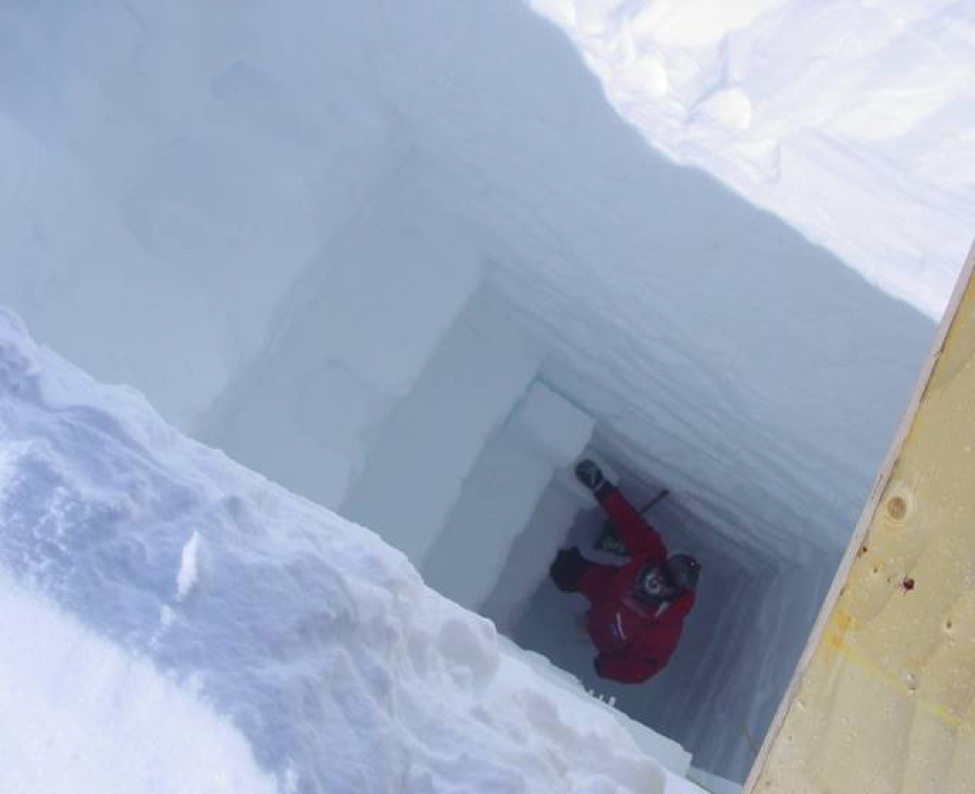 Snowpit sampling
Snowpit sampling
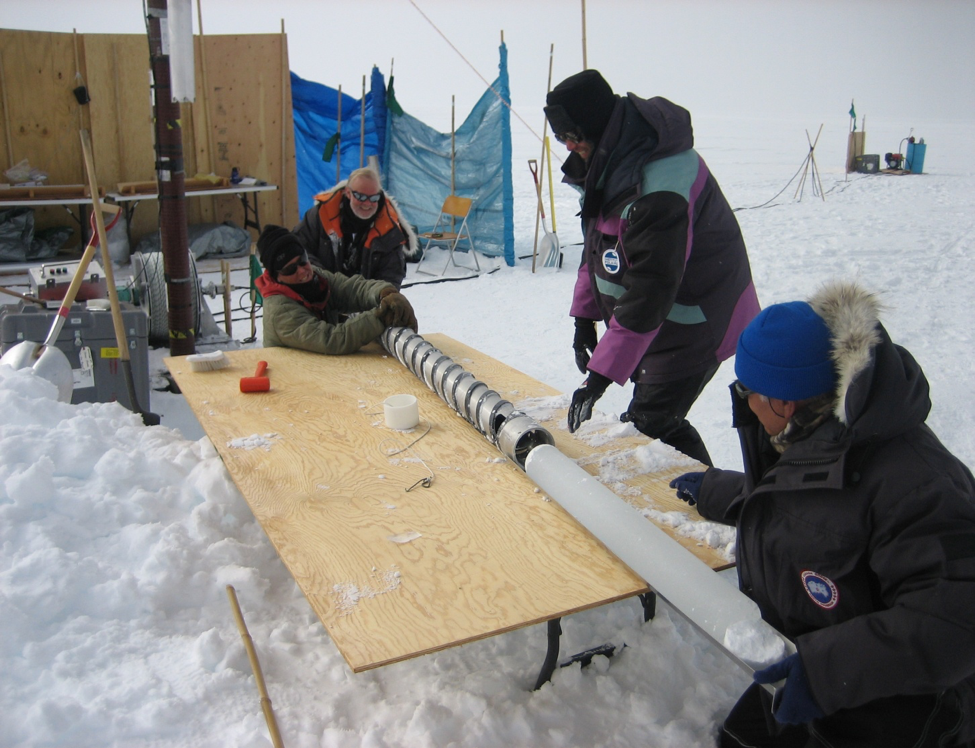 Ice core sampling
Ice core sampling
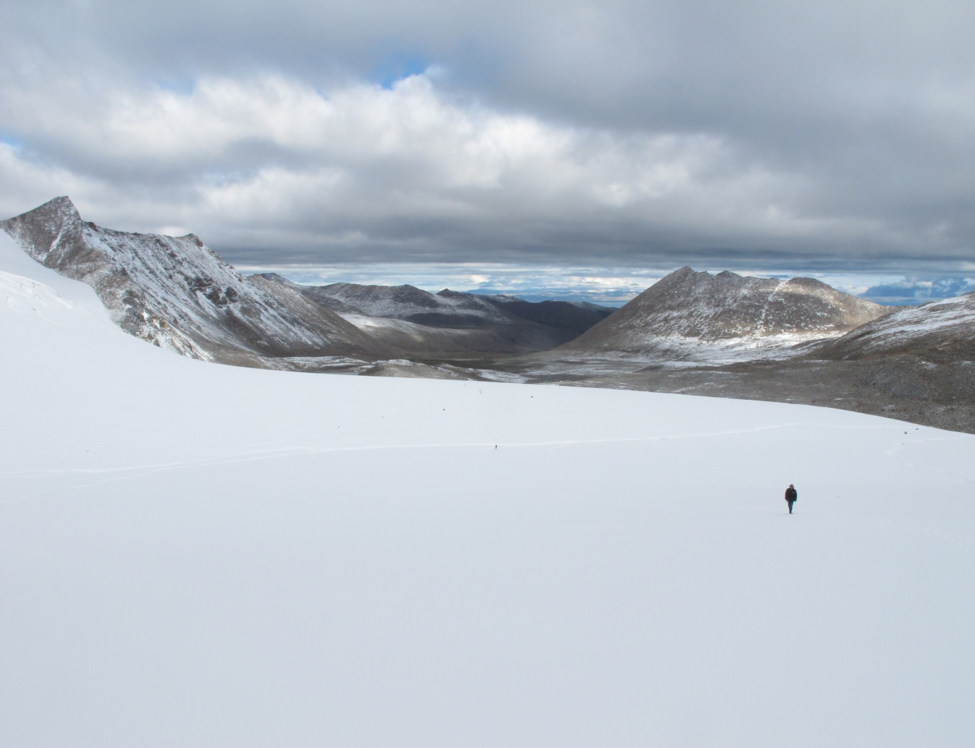 Tibet glacier
Tibet glacier
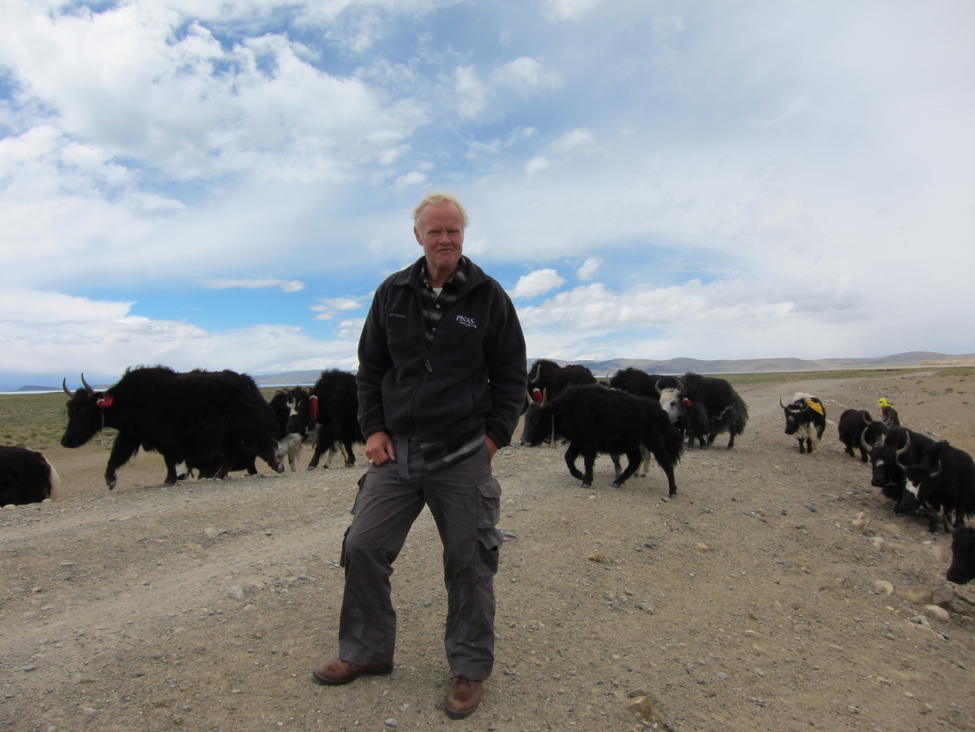 Fieldwork in Tibet
Fieldwork in Tibet
The fragility of the Tibetan glaciers is investigated at the isotopic level because of their role in providing drinking water for nearly half the worlds population. We have developed a 35S naturally produced radioactivity measurement capability to track stratosphere-troposphere mixing in the plateau and across Mt Everest, which is of importance in determining the impact on the budgets of O3 and N2O. It has also provided an embedded clock of processes such as gas to particle conversion and glacial melting rates in this sensitive region. We have also used sulfate and sulfur isotopes obtained from ice cores and snow pits to measure the stratospheric transported from most of the major volcanoes in recorded history and better detail their chemical perturbation of the upper atmosphere, especially the photochemistry and ozone levels. The group has used sampling by cryogenic whole air by rocket, balloons and aircraft to understand the upper atmospheric processes, including chemistry, photochemistry and dynamics from ground level through the mesosphere.
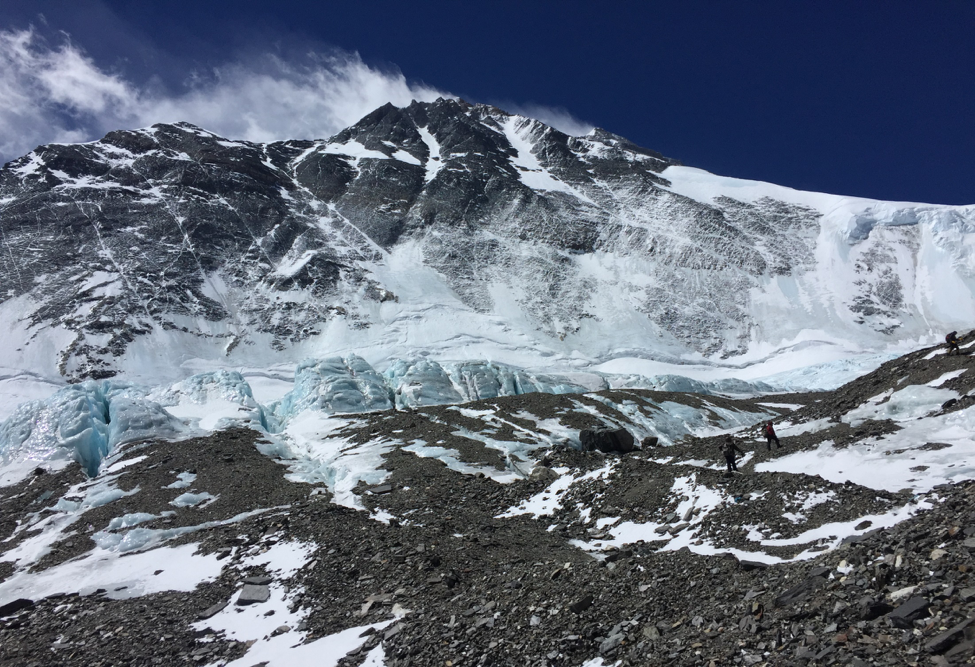 Fieldwork at Mt Everest
Fieldwork at Mt Everest
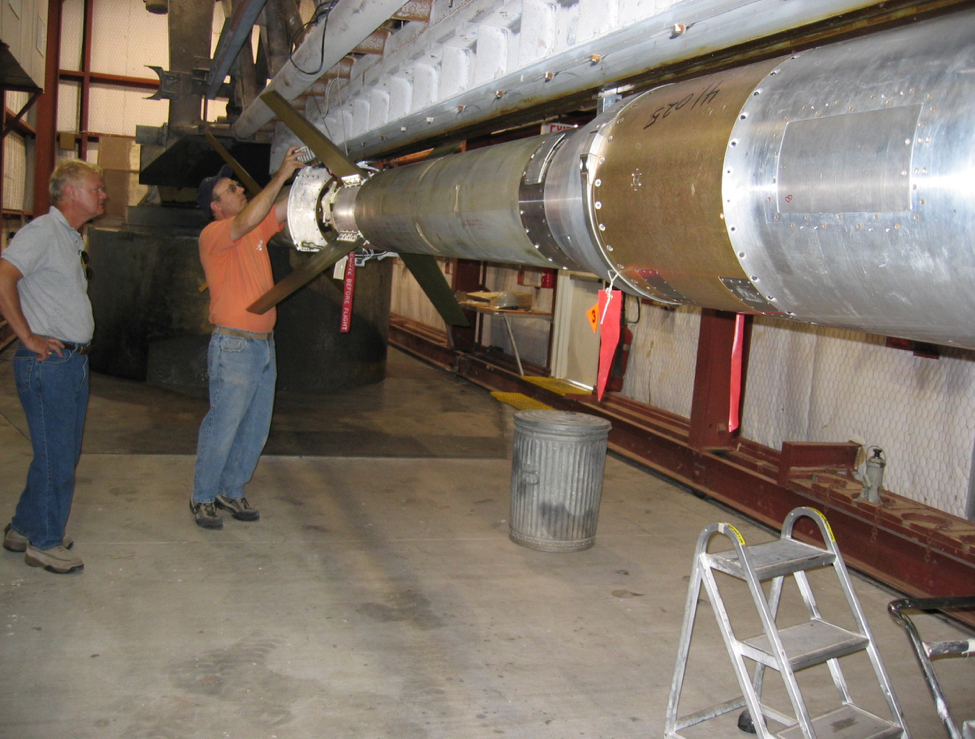 Rocket sampling
Rocket sampling
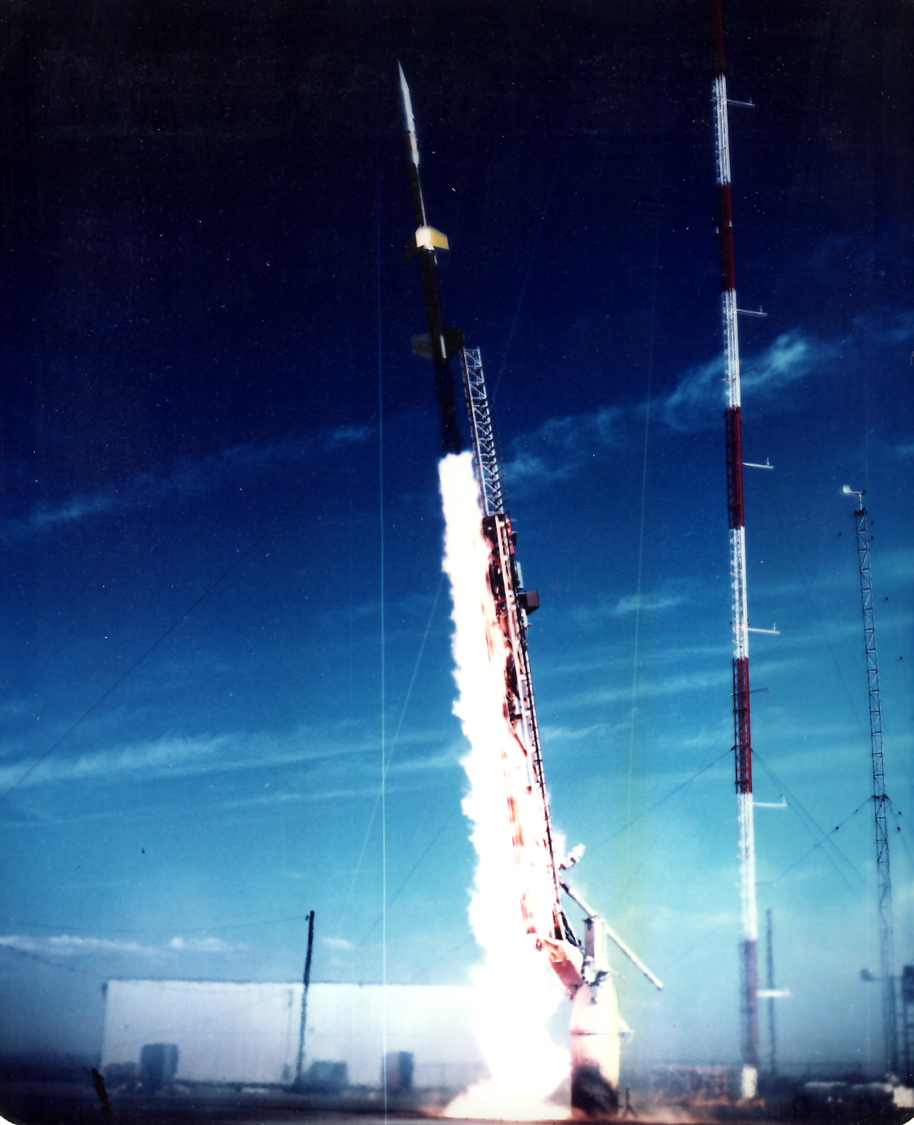 Rocket sampling
Rocket sampling
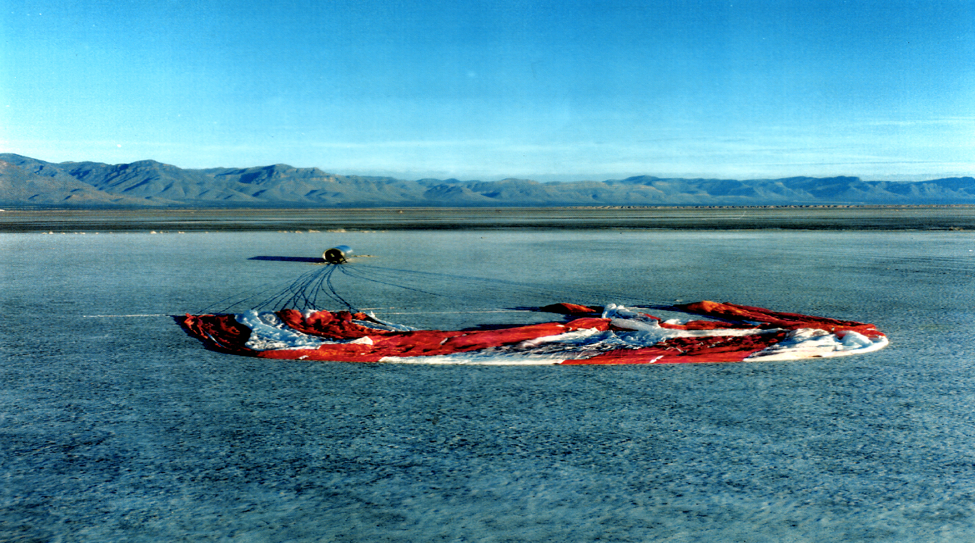 Balloon sampling
Balloon sampling
4) Origin of Life, Photosynthesis in the Early Earth
The Thiemens lab (James Farquhar and Huiming Bao) were the first to find a technique to measure the origin of atmospheric oxygen across the earliest time period of Earth, ranging from 3.8 to 2.2 billion years ago. The anomalous UV photolysis of tropospheric SO2 occurs during the early atmosphere when the lower O2 and O3 and lower an UV photolysis creates an anomalous isotope effect that has been detailed in laboratory and synchrotron photochemistry experiments. The effect disappears when oxygen levels build up screening out UV and eliminating the anomaly in the rock record. The group studies the isotope effect to better interpret the geological record as well as collect and measure samples from critical time periods of earth history. The sulfur studies have led to the early earth community placing levels of oxygen in the atmospheres, a crucial parameter previously unquantifiable. Part of the interpretation resides in needing a better understanding of photodissociation in general and we have pursued model systems where there are spectroscopic measurements of the excited states and their isotopic structure and may be used to define at the minutest level how isotopic selection occurs during the highly complex dissociation process occurs.
5) Cosmochemistry and the Origin of the Solar System
The study of meteorites pre dates Thiemens arrival and the first measurements made in 1983 were done on the mass spectrometry Harold Urey brought to UCSD from the University of Chicago. The machine was rebuilt and the first paper was the 1983 discovery of mass independent chemistry. The group remains active in meteorite isotopic measurements to define the process responsible for their oxygen isotopic anomalies and solar system planetary formation. Photodissociation and recombination reactions that occur during the gas to particle process are particularly of interest. With the many problems in self- shielding during photolysis as a source of the anomalies we are especially interested in the reactions that lead to solids as a more attractive candidate.
We also measure secondary minerals in Mars meteorites to understand aqueous activity leading to their formation and better understand the history of water over billion-year time scales. Recent work has further deepened understanding of the ozone of the Martian atmosphere with the hydrosphere and geosphere.
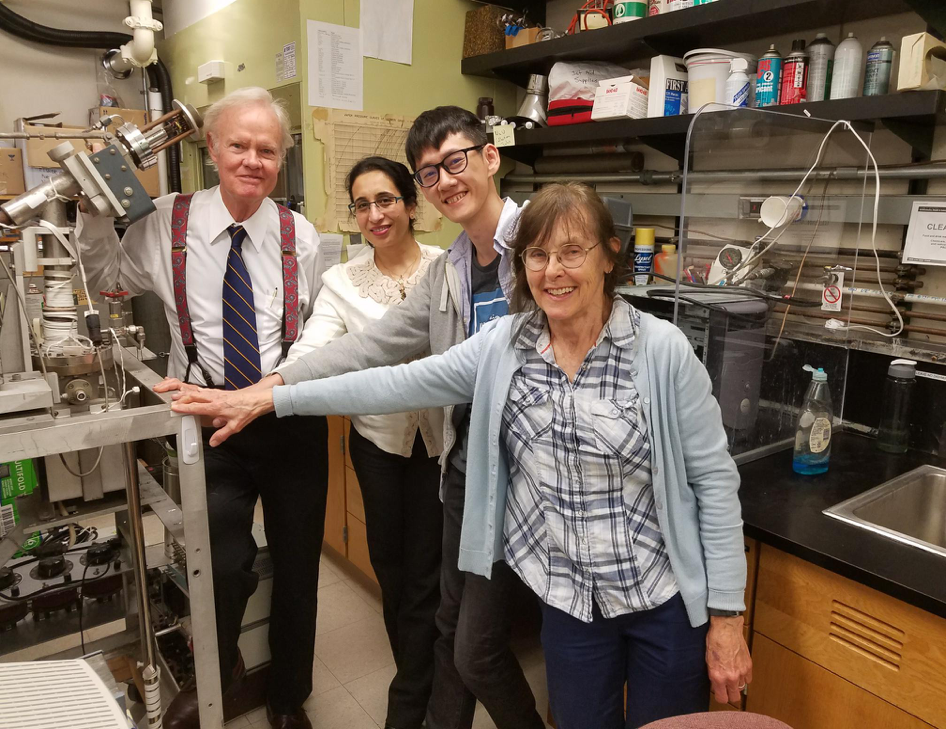 Harold Urey's Mass Spectrometry (Left to Right: Mark Thiemens, Robina Shaheen, Mang Lin, Terri Jackson)
Harold Urey's Mass Spectrometry (Left to Right: Mark Thiemens, Robina Shaheen, Mang Lin, Terri Jackson)
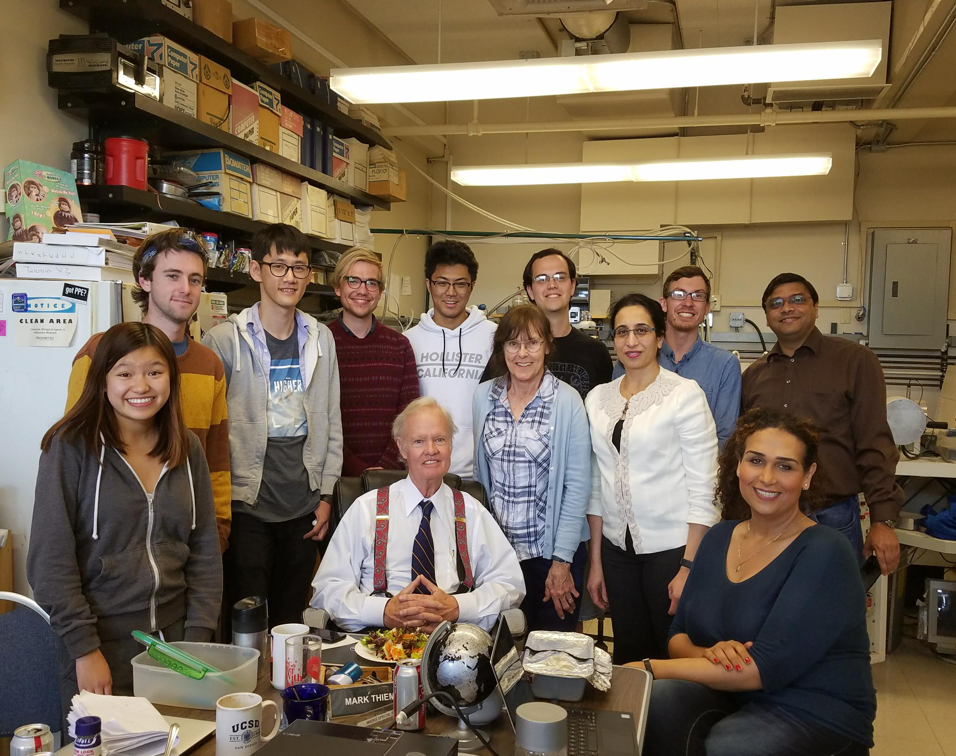 Thiemens Group 2019 (Left to right. Standing: Connie Li, Kaleb Barbra, Mang Lin, Donald Rez, Charlie Cao, Terri Jackson, Ritchie Hernandez, Robina Shaheen, Daniel Crocker, Subrata Chakraborty. Seated: Mark Thiemens, Saman Biglari.)
Thiemens Group 2019 (Left to right. Standing: Connie Li, Kaleb Barbra, Mang Lin, Donald Rez, Charlie Cao, Terri Jackson, Ritchie Hernandez, Robina Shaheen, Daniel Crocker, Subrata Chakraborty. Seated: Mark Thiemens, Saman Biglari.)
|